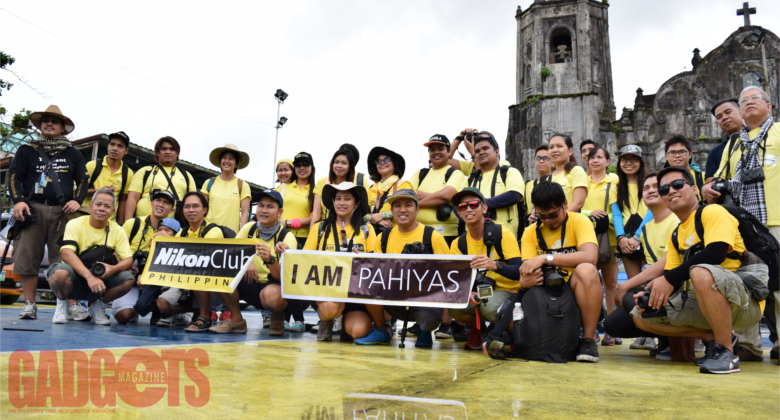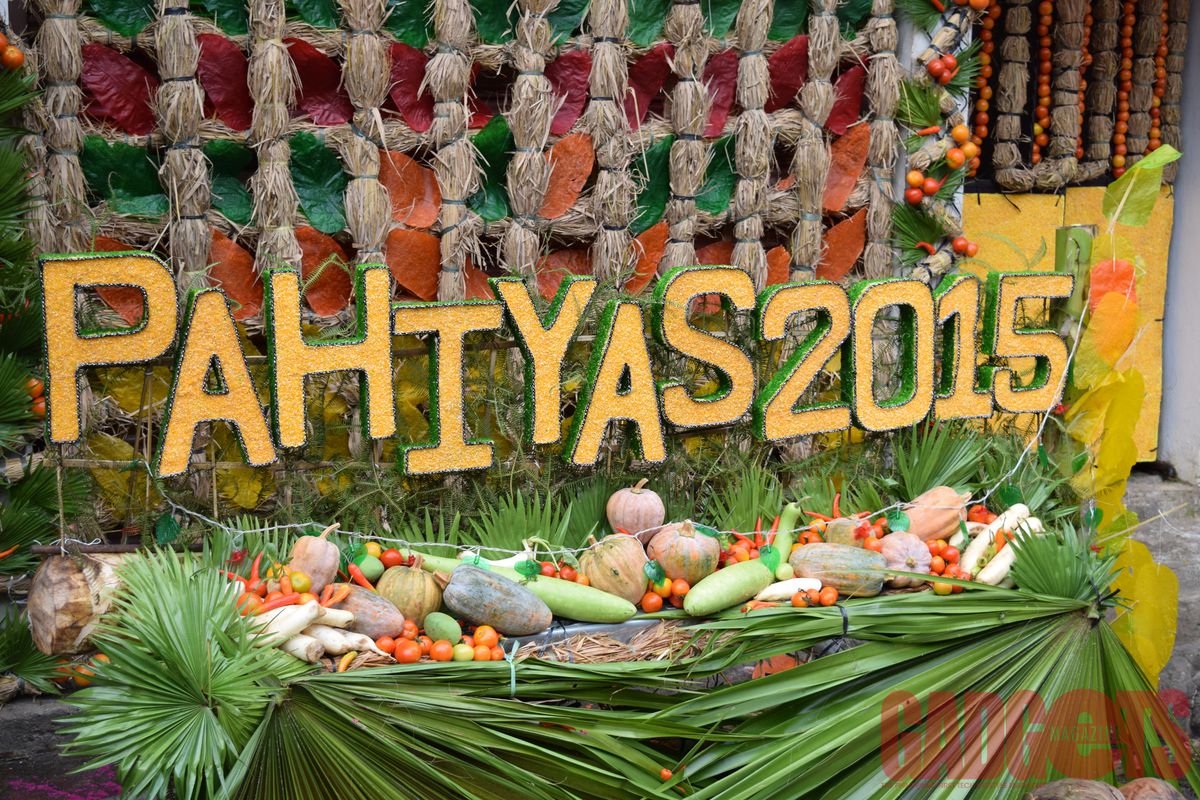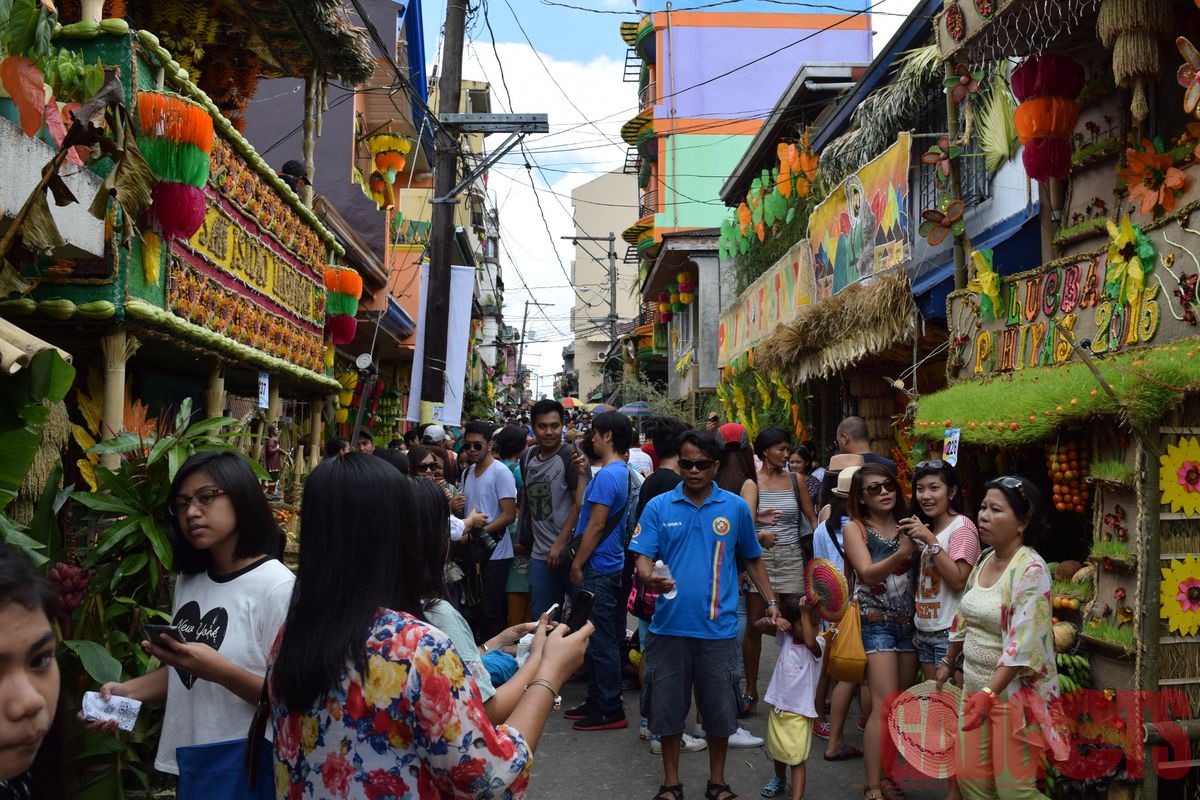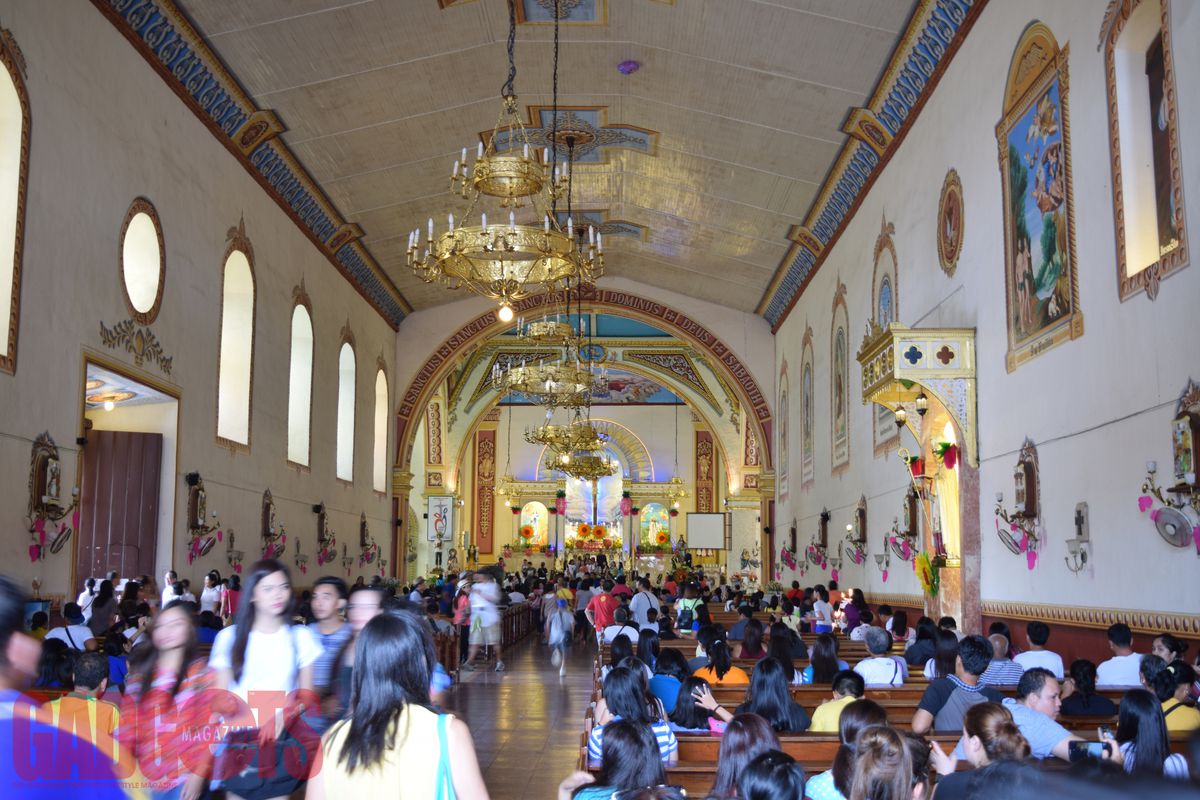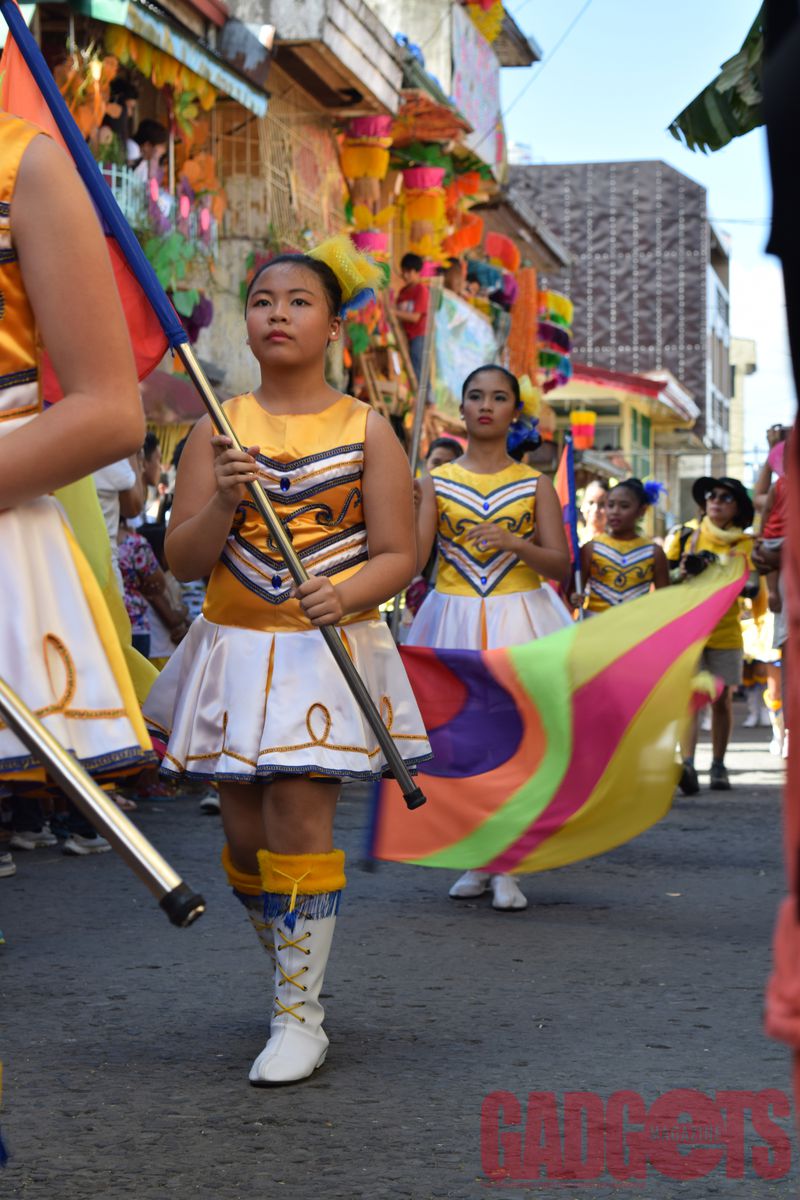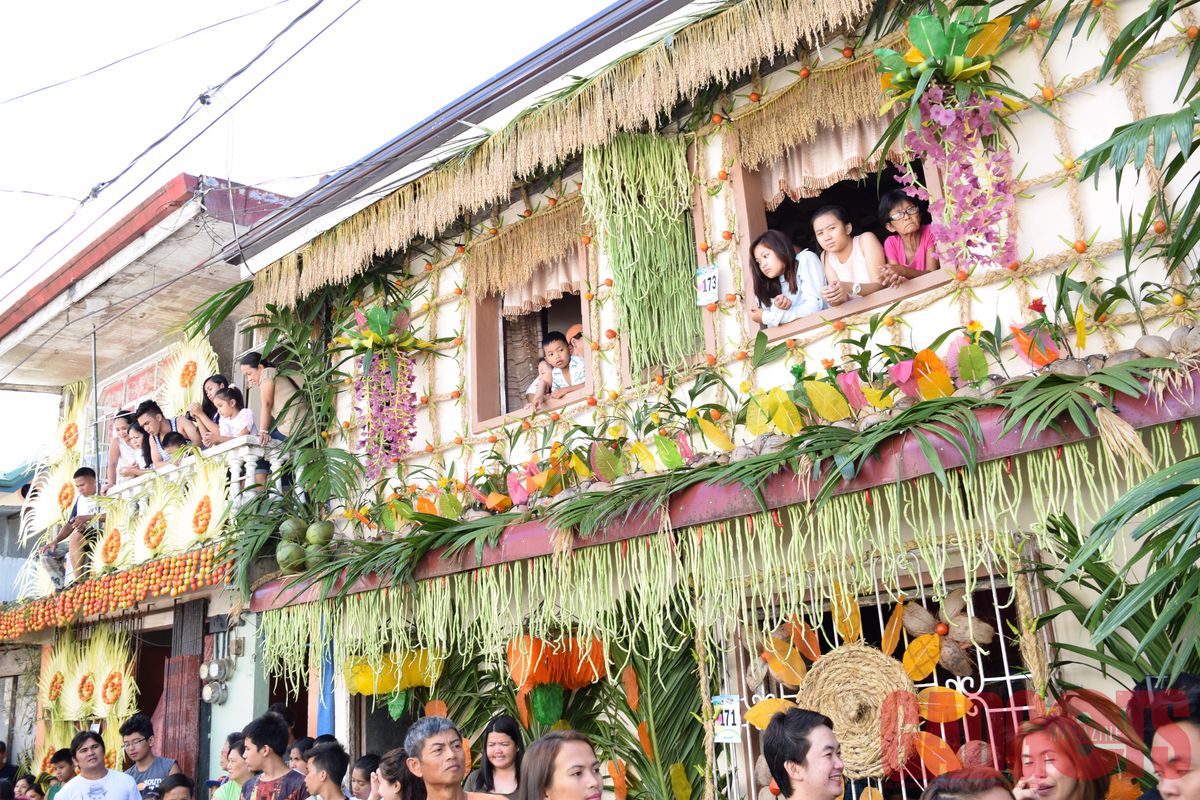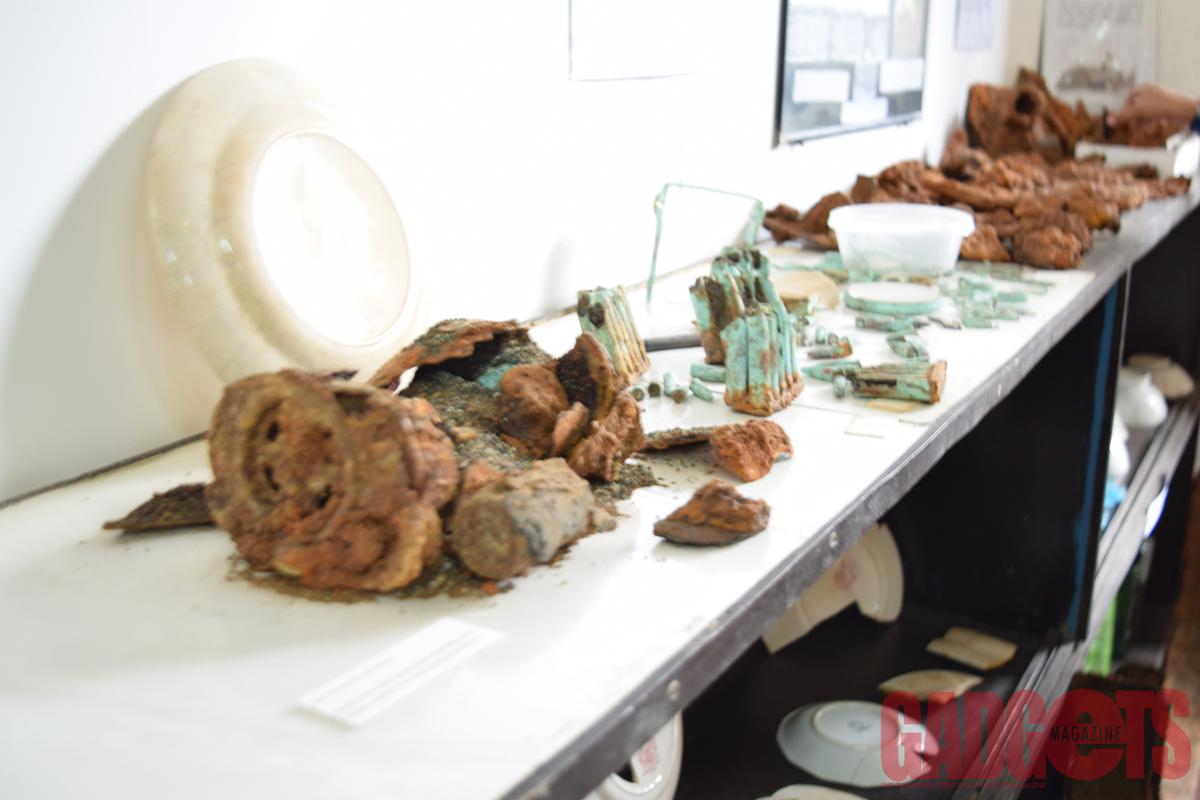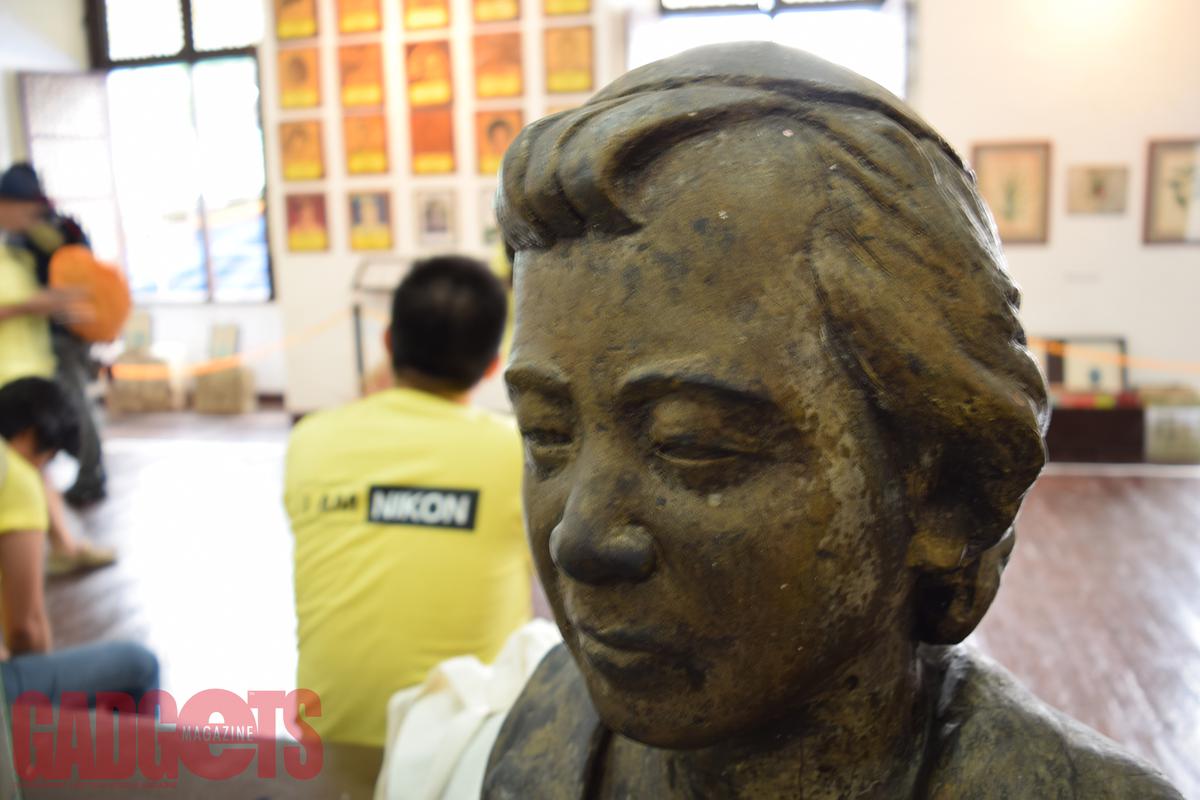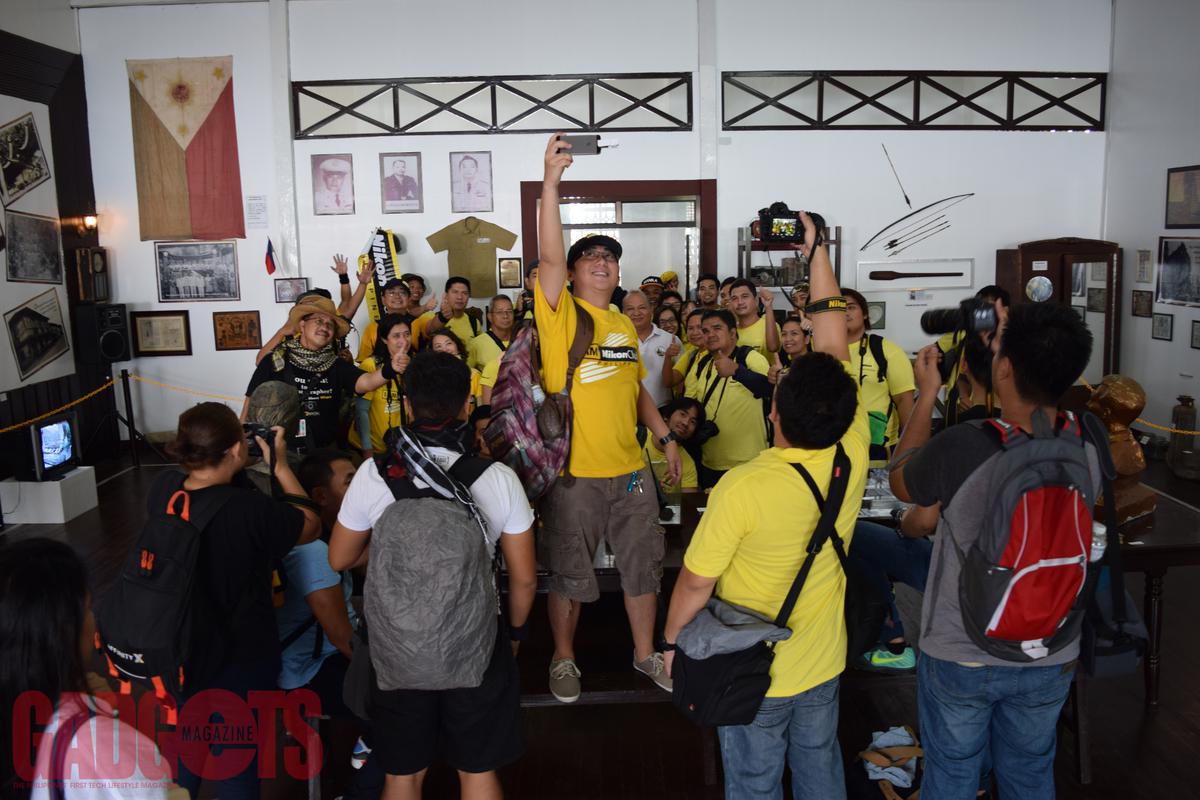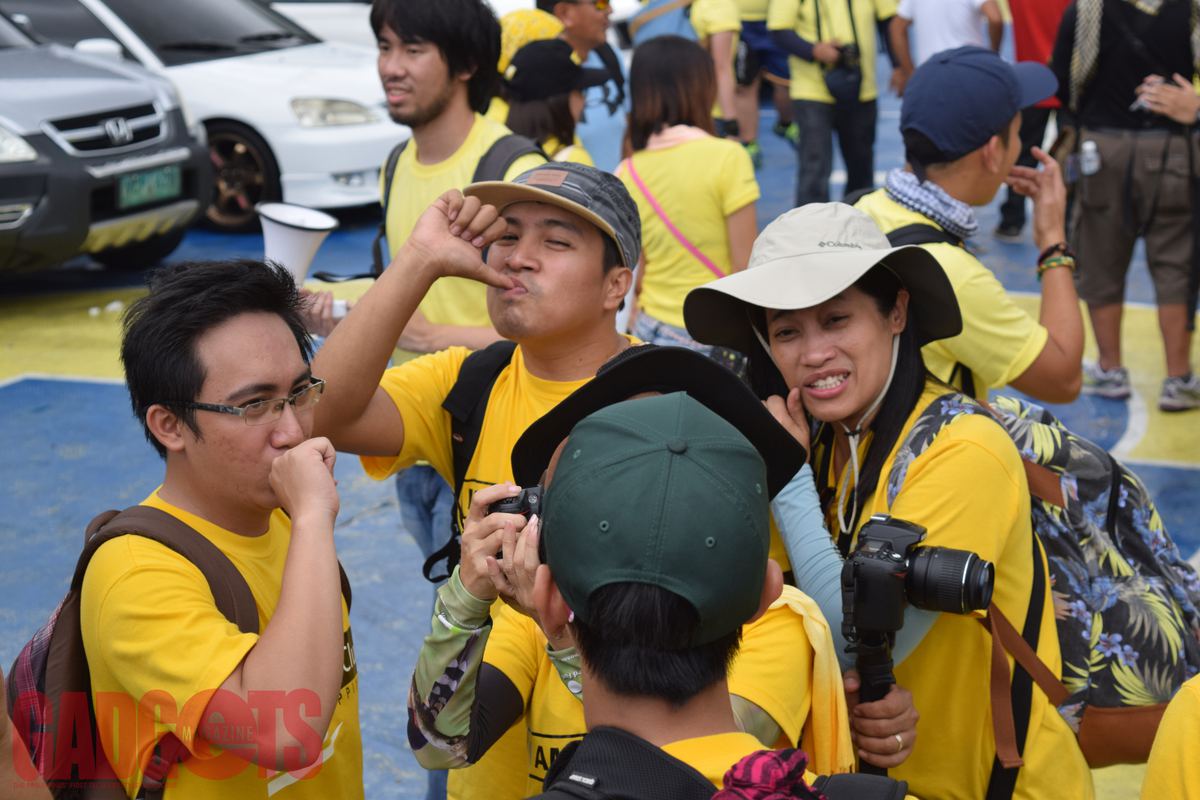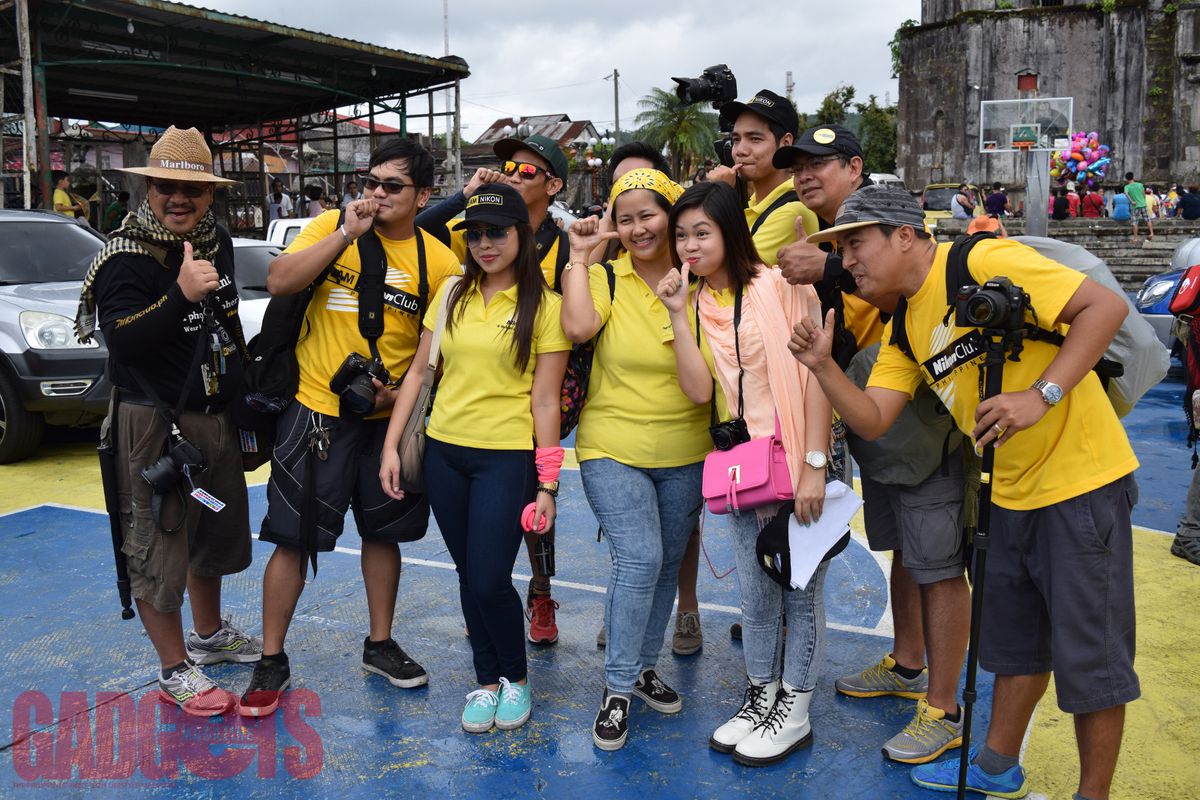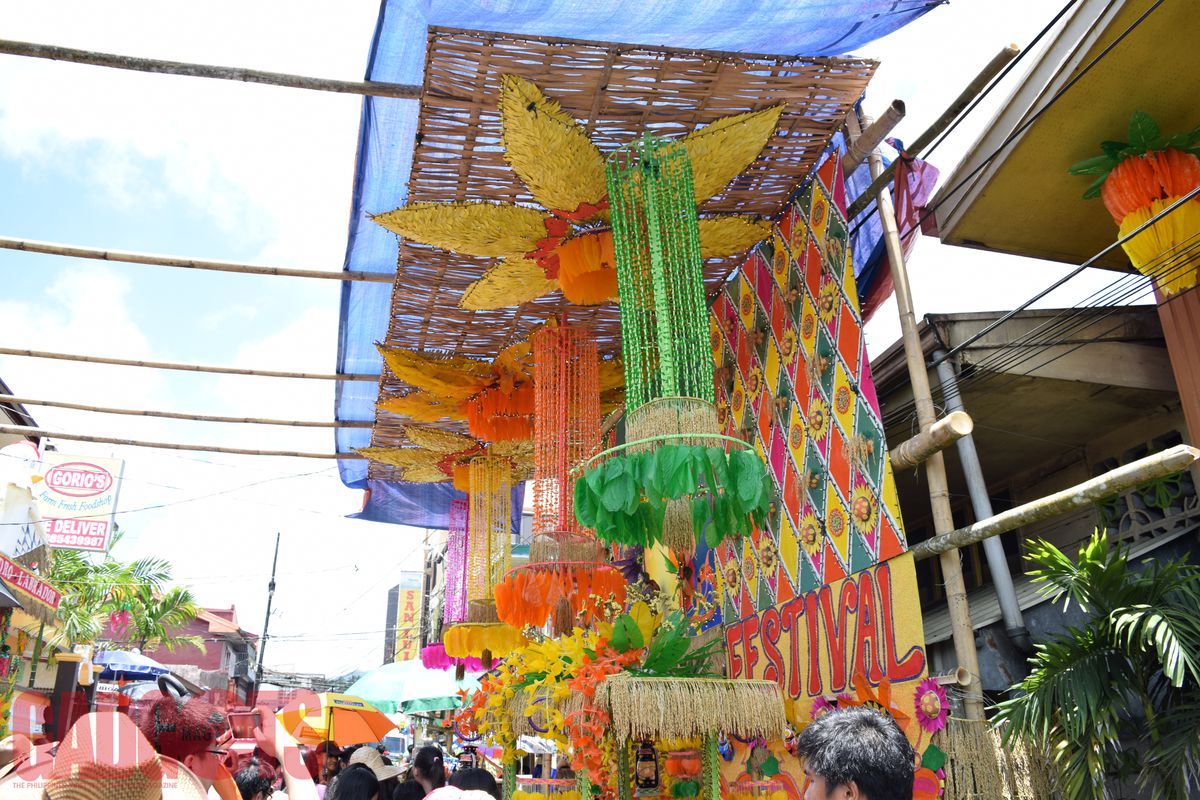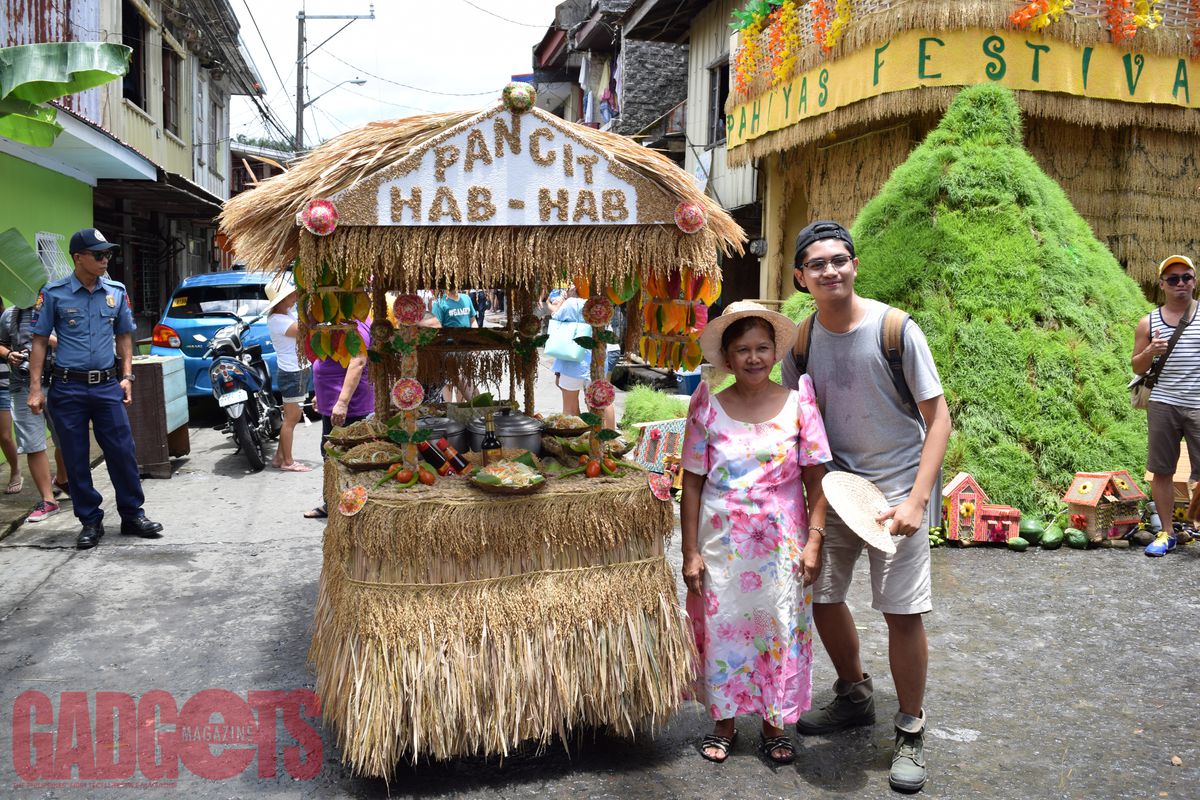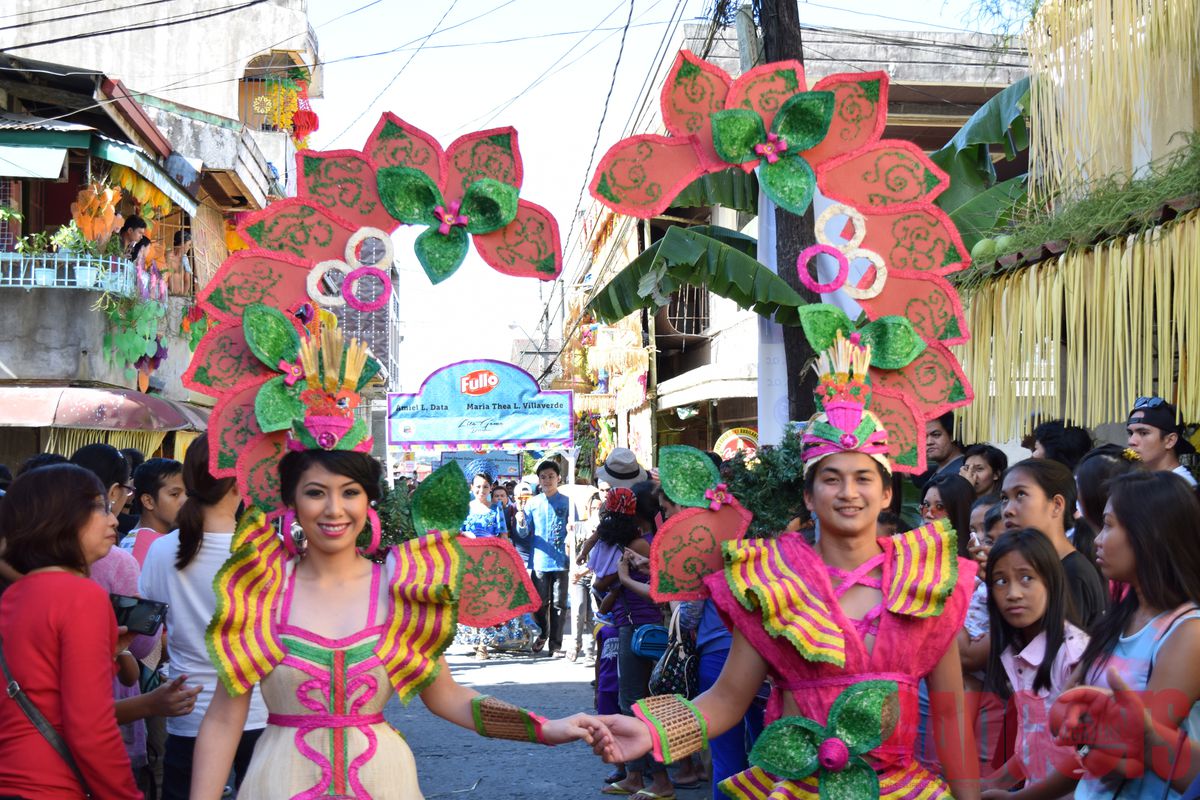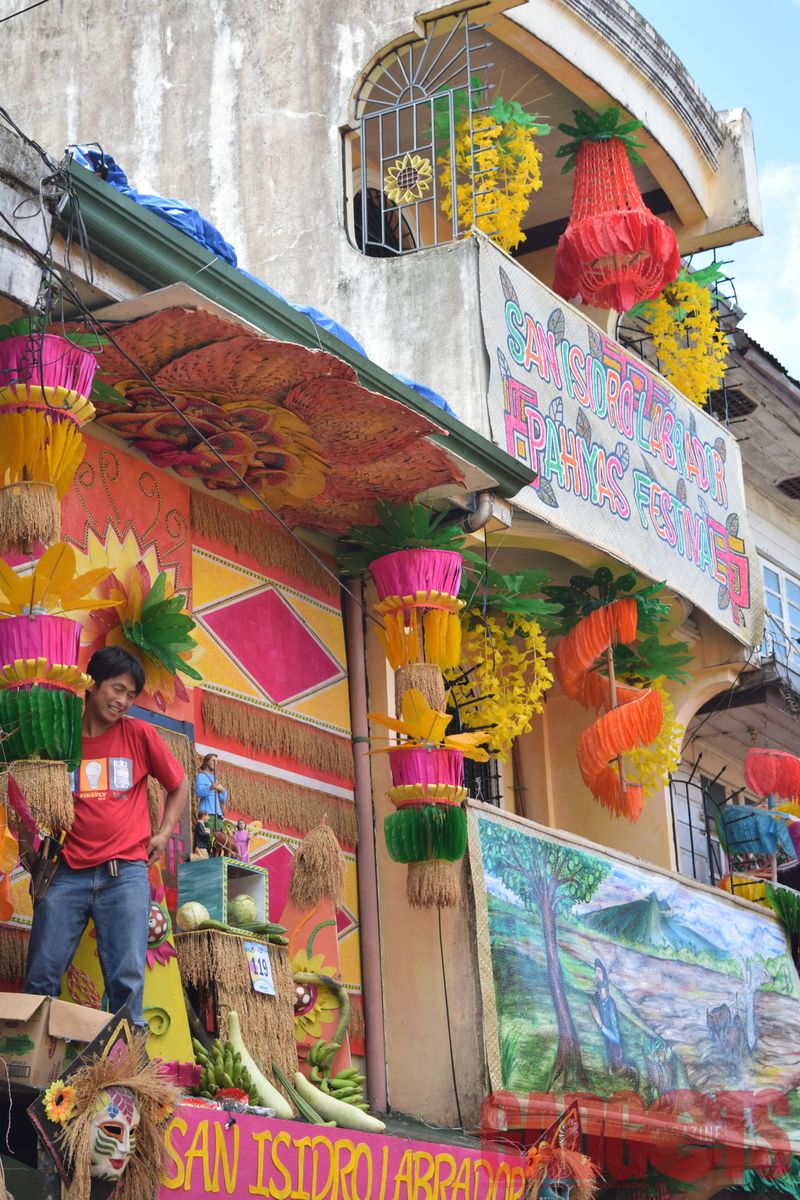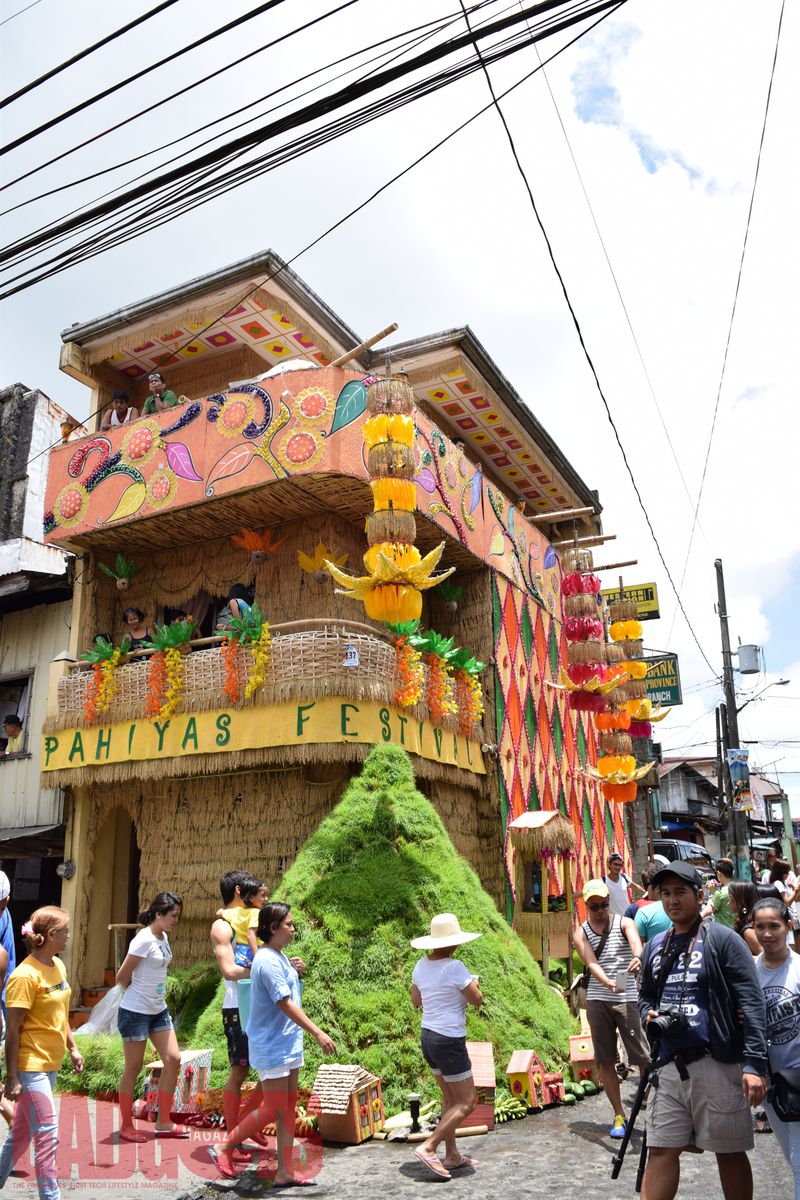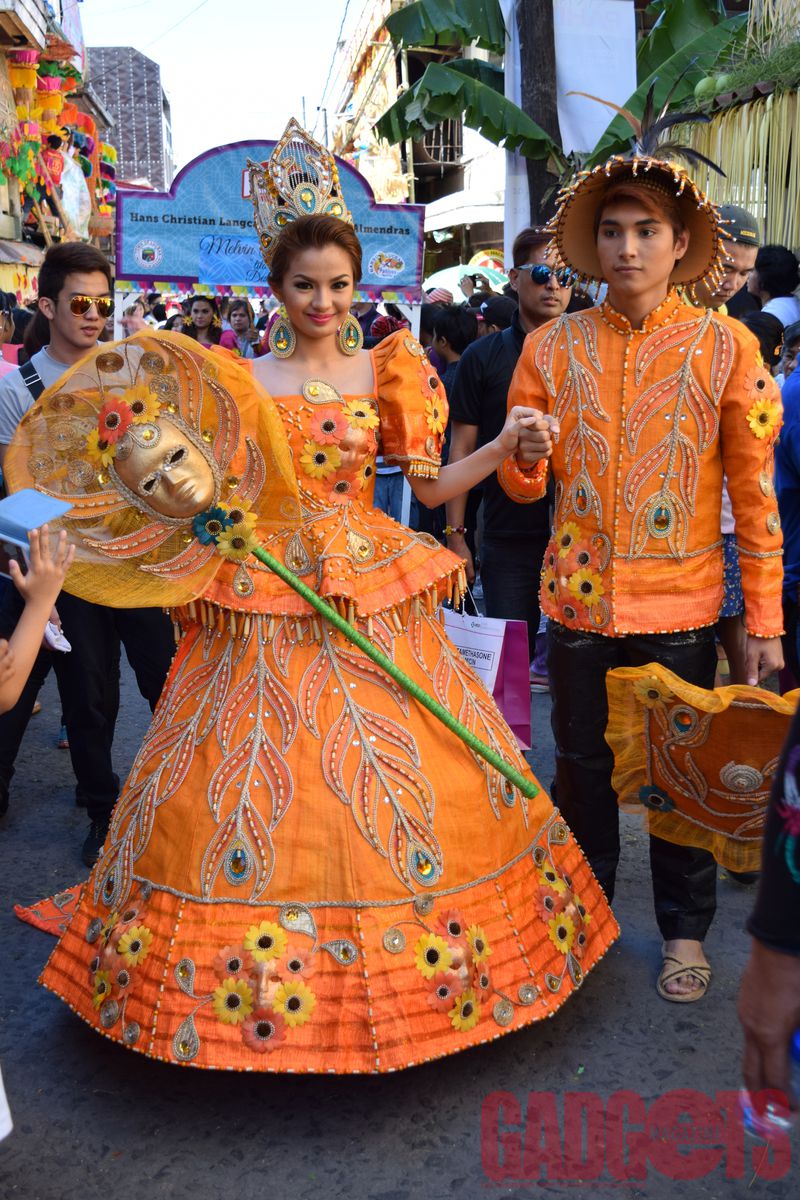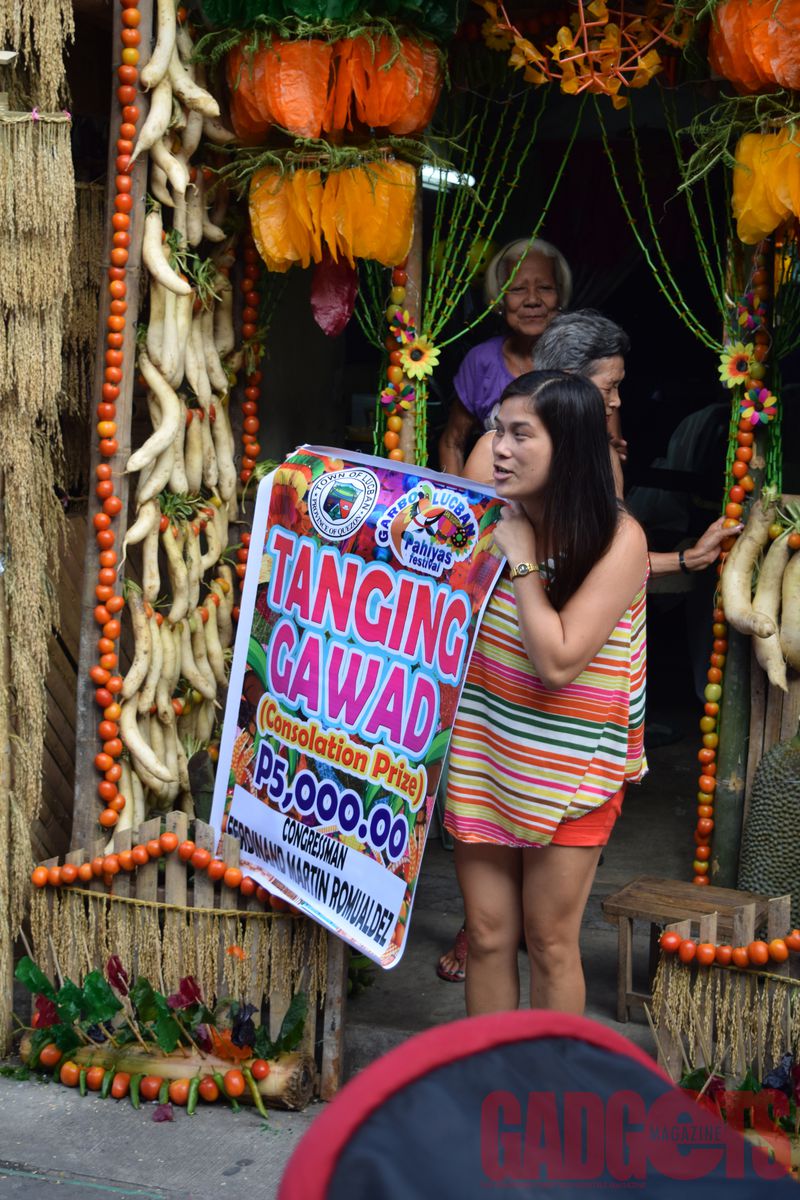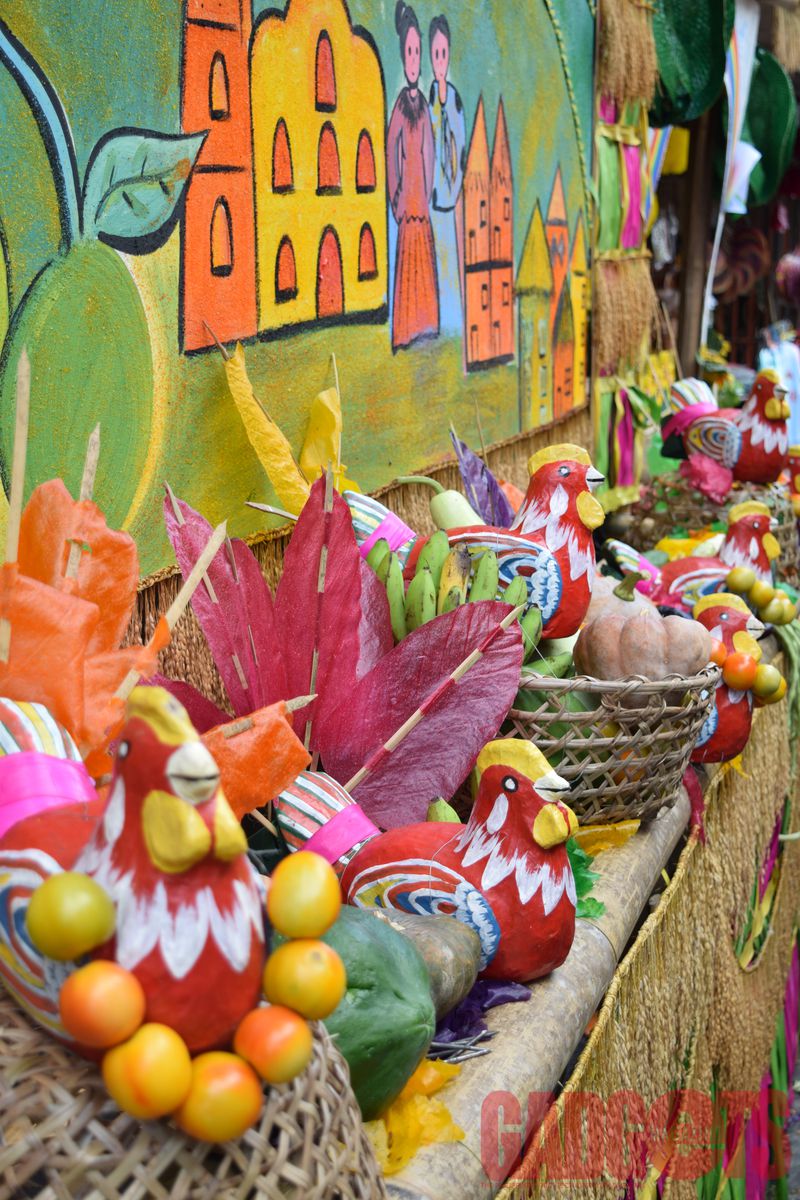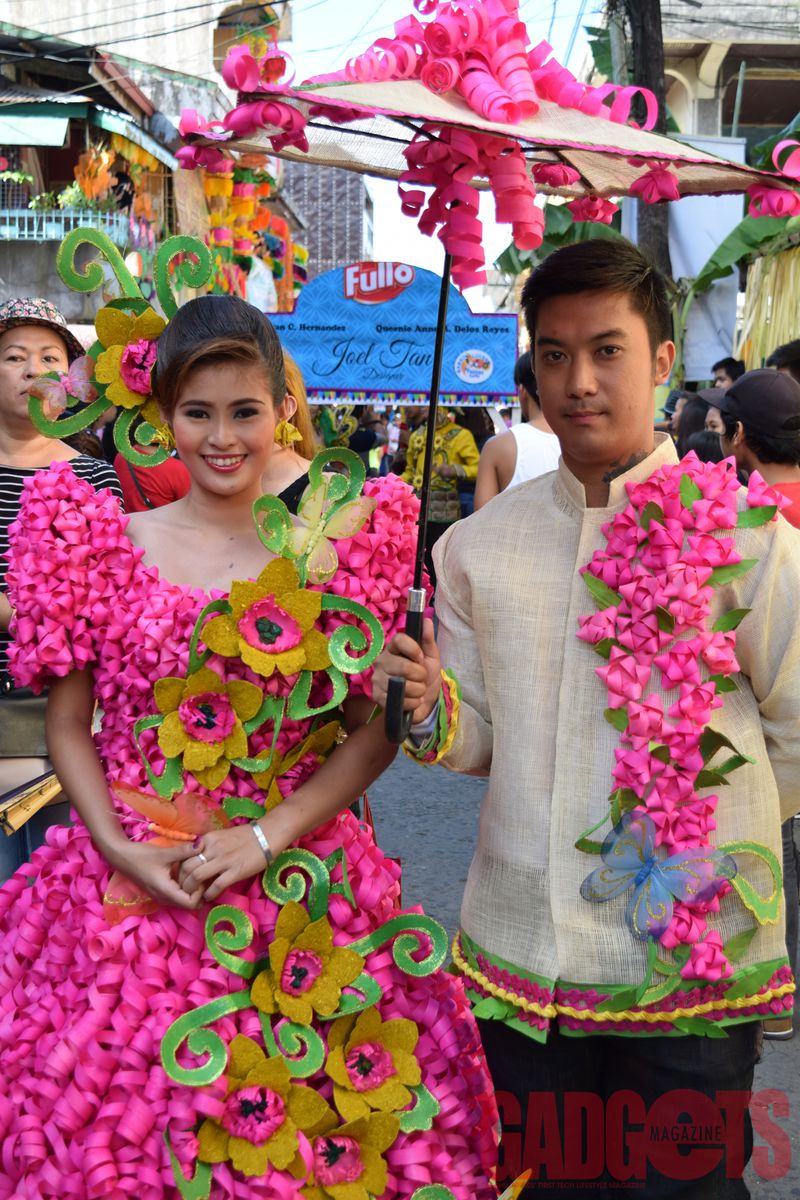Last May 15, Nikon Philippines took over 50 members of the Nikon Club Philippines as well as a handful of journalists to Lucban, Quezon to document the colorful Pahiyas Festival. Tens of thousands of tourists—both local and foreign—flocked to the Summer and Art Capital of Quezon Province for the “fiesta to end all fiestas,” and if you weren’t part of their ranks, read on to find out what you missed.
The Festival’s History
The Pahiyas Festival’s origins could be traced back all the way to the 1500s where farmers in the area gathered each year, aggregating their harvests and conducting a simple celebration to thank the anitos for a bountiful season. When Catholicism arrived, the farmers brought hand-picked produce into a church where these were blessed and offered unto the Lord by parish priests.
Around this time they were introduced to San Isidro de Labrador, the patron saint of farmers. The subsequent years which also saw abundant reaps increased the devotion of farmers to the annual merriment.
Over time, the festival evolved to what it is today—row upon row of houses decorated with grains, vegetables, fruits, fish, and fowl. And while the tradition evolved into which household could create the most beautiful, most artistic façade, its essence of being a tribute to the heavens still remains with the town’s inhabitants.

The tourist-grabbing Pahiyas Festival as it is today is a flagship endeavor by the Art Club of Lucban. The group incorporated a trade fair, cultural show, contests, parades, and art exhibits to the yearly festivities, and the rest is history.
Pahiyas 2015
The Pahiyas Festival always sees to it that the town is filled to the brim with people, and this year was no different. Guests had to walk around a kilometer to get to the town plaza where most of the commercial sponsors were, and from there, they had a variety of places to go to.
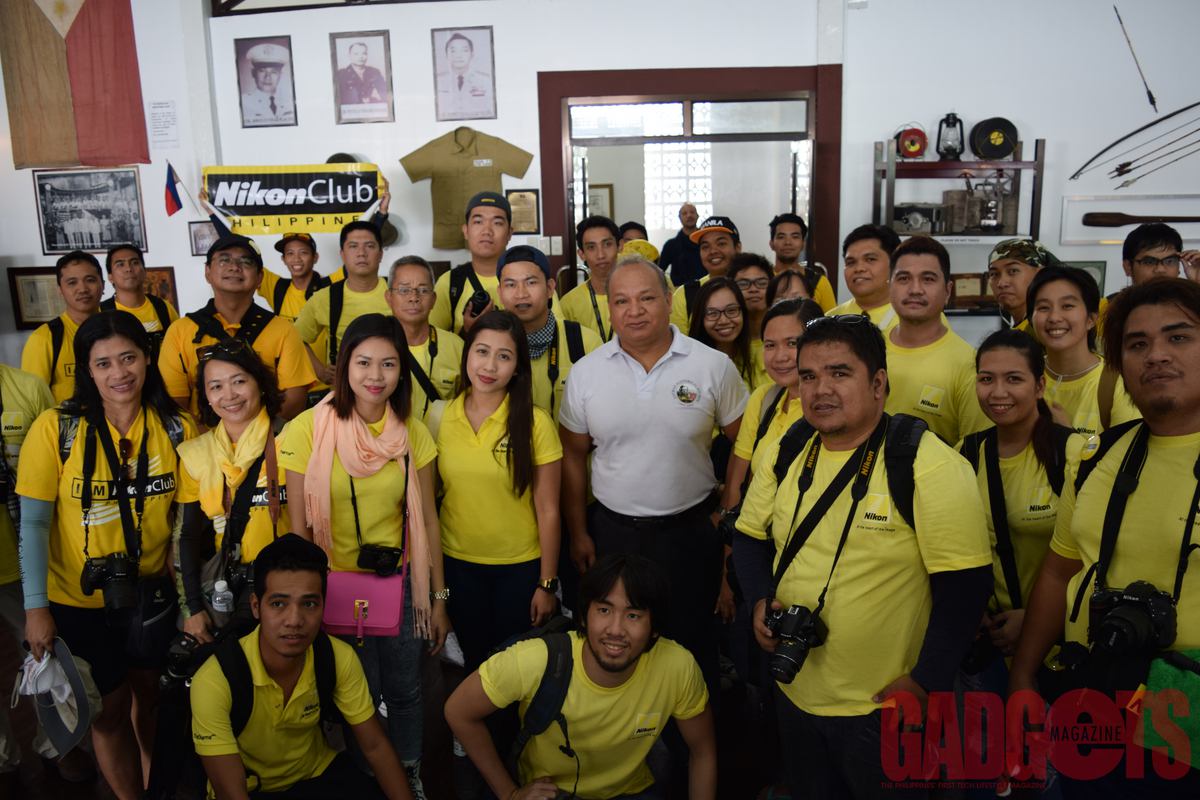
For the Photowalk, our first stop was the town’s museum which was inaugurated only last April 9. There to welcome us was Lucban councilor Cornelio Raneses who discussed the municipality’s history, as well as the government’s plans for future festivities in the area. We were given a chance to immerse ourselves in the gallery which contained mostly World War materials, photos, currencies, garments, armor, rifles, and ammunition. The works of local painters as well as antiquities such as plates, vases, dressers, and bows and arrows were also on display.
We then headed towards Lucban Church which served as the meeting hub for the rest of the day. Built during the 1630s, the church has endured its fair share of natural and man-made damages, but it still stands tall ready to accommodate devotees. During our stay, the church had a steady stream of people going in and out to both hear the sermon and admire the millennia’s worth of history it represents.
Lucban Church served as the kickoff point for the Pahiyas Parade, a long procession of young men and women dressed in native regal attire, marching bands, and the people and organizations who made the event possible. The participants made their way around town before ending back at the church.
Not to be forgotten are the row upon row of stores selling everything from native handicrafts to shoes, clothes, food, and even tech stuff. Fair warning: bring a decent amount of cash with you since you’ll likely buy most of what you see in Lucban. Also, go as early as possible for the delectable yema cakes as they quickly run out!
The Pahiyas Festival is an all-day event and is a very tiring affair. Still, the hospitality of the locals, their pride in the tradition, and the overall atmosphere of the entire municipality are reason enough for tourists to keep coming back year after year. If city life has you bummed out and you’re looking to get back in touch with Filipino culture, the annual Pahiyas is the perfect re-initiation into our rich and wonderful heritage. Just be sure to bring great cameras like we did.
Check out more photos of the fiesta below!
Photos by Benedict Asal
